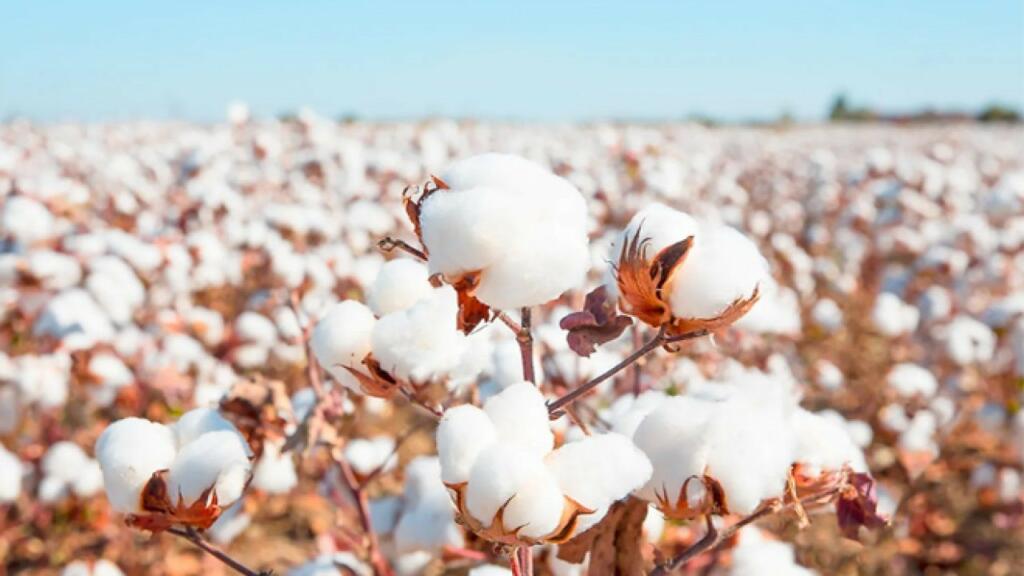‘Bharat’, where colonizers tried to instate their control, was often found with its molded identity. Invaders attempted to label the “Golden Bird” as an uncultured, degraded, and uncivilized society until they realized that India was a time ahead of other civilizations in the world. Its rich culture, literature, society, economy, industry, and trade were developed early in other contemporary community structures.
When people from other countries first saw Indian cotton, they were in awe. They had never seen anything like the delicate fabric, which had been grown and made in India for thousands of years. In constrast, they wore rug like fabric that was too heavy to carry and non-washable. And cotton was highly prized worldwide due to its smooth texture and lustrous sheen, and it had a major impact on the development of the textile industry.
Since ancient times, cotton has been grown in India, and it used to be one of the most important exports from the nation. India had a developed textile industry that produced high-quality cotton fabrics by the time the Europeans arrived. The quality and beauty of Indian cotton, however, were not appreciated by Westerners until the 16th century.
Also read: The Legacy of Ajit Singh: A Revolutionary Who Fulfilled His Promise to India
Popularity
However, Indian cotton’s popularity found its way to the Portuguese explorer Vasco da Gama’s journal, where he said the cotton grown here is of very good quality and the people make excellent use of it. They weave it into a variety of fine fabrics that are admired throughout the world.
Indian cotton did not, however, really come to the notice of Europeans until the 17th century. Cotton was in high demand at the time because England was going through an industrial transformation. However, the English cotton crop was of low quality, making it unsuitable for the formation of fine fabrics.
Soon, English merchants started importing Indian cotton. Because of their superior quality, Indian cotton fabrics were in great demand throughout Europe. They were superior to any cloth on the market in terms of softness, weight, and comfort.
Also read: The Lahore declaration that was not meant to be
Rise to fame
With its burgeoning demand, it significantly contributed to the expansion of the British economy and the cloth sector. The wonder of Indian cotton, though, was not limited to English merchants. Indian cotton was being imported by the French, Dutch, and Portuguese as well, and it quickly rose in value throughout all of Europe.
However, there was a darker aspect to the thirst for Indian cotton. The desire to have control over India’s cotton commerce was a major motivator for the British colonization of India. The colonists took over the cultivation and export of cotton from India and subjected its cotton farmers to onerous taxes and regulations.
Indian cotton is still a valuable commodity today, despite its muddled past. India continues to create some of the best cotton fabrics in the world and remains one of the top producers of cotton worldwide. Indian cotton is still a valuable commodity that attests to the nation’s long history in the textile industry.
Support TFI:
Support us to strengthen the ‘Right’ ideology of cultural nationalism by purchasing the best quality garments from TFI-STORE.COM
